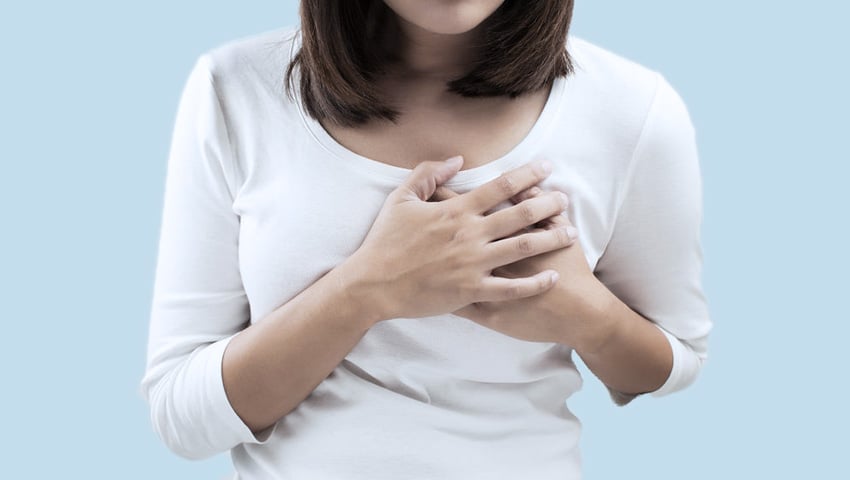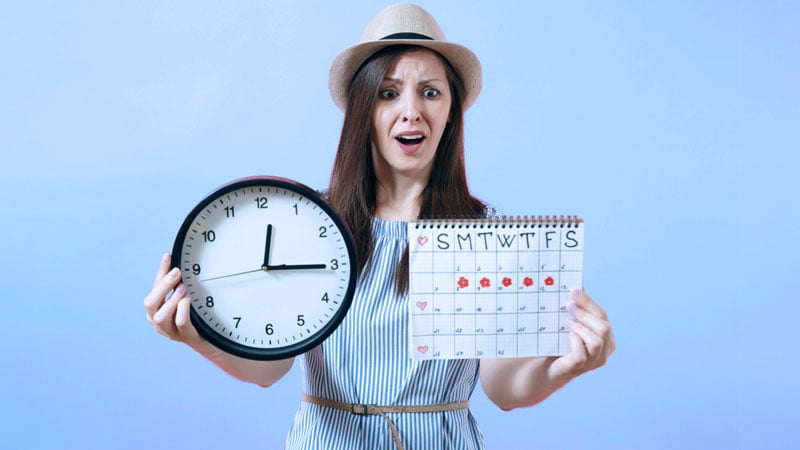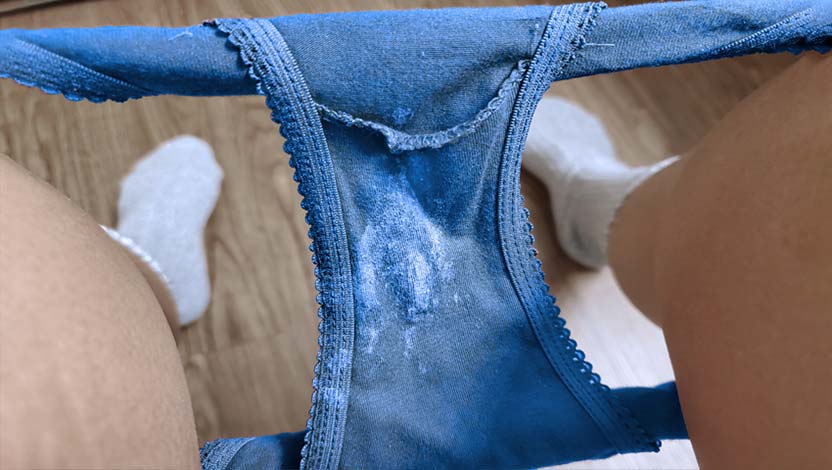What are mastalgia and mastodynia?
The medical term for breast pain is mastalgia. When breast pain is closely associated with menstruation, it is called mastodynia.
Breast pain is a very common symptom. About 60% of women experience some degree of mastalgia, but few consider it important enough to seek medical help. In fact, only 1 in 10 women who report pain in one or both breasts describe the pain as moderate to severe.
In the vast majority of cases, mastalgia is not a sign of serious breast disease. This doesn’t mean, however, that women with persistent breast pain shouldn’t seek their gynecologists to try to clarify the source of their pain.
Causes
Two thirds of breast pain is classified as cyclical and one third as non-cyclical.
Cyclic breast pain is associated with hormonal changes in the menstrual cycle, usually occurring one week before menstruation.
Non-cyclical breast pain is that which does not follow a predictable pattern and can be constant, intermittent, or only occasional, such as after trauma to the breast or chest.
Main Causes of Cyclic Breast Pain
Mild pain or diffuse discomfort in both breasts is normal during the menstrual cycle and occurs in virtually all women of childbearing age. This type of breast pain typically appears in the second half of the menstrual cycle, worsens a few days before menstruation, and disappears as soon as the woman menstruates.
When this cyclical pain related to the menstrual cycle is of moderate to severe intensity, we say that the patient has cyclical mastalgia or mastodynia. The characteristics are the same as for any cyclical pain, but the discomfort is so severe that it can interfere with sexual life, social life, and physical activity in the days leading up to menstruation.
Another common cause of cyclical breast pain is fibrocystic breast disease or fibrocystic breast changes (the latter is the most commonly used term because this condition is not actually a disease). These are simply benign cystic nodules that can appear in the breast throughout life due to hormonal stimulation. In some cases, these cysts can be painful.
Main Causes of Non-Cyclic Breast Pain
Unlike cyclic pain, non-cyclic breast pain is not related to the menstrual cycle and usually affects only one breast. Common causes of non-cyclic breast pain include:
- Large breasts: The weight of large breasts can cause stretching of Cooper’s ligament, the structure that supports the breasts.
- Mastitis: Inflammation of the breast is very common during breastfeeding, but can also occur in women who are not breastfeeding.
- Breast trauma: After an injury or trauma, the breast may experience non-cyclic pain for some time.
- Ductal ectasia: This change occurs due to dilation and obstruction of the milk-carrying ducts. Ductal ectasia can cause inflammation, leading to a condition very similar to mastitis.
- Pregnancy: The development of the breasts during pregnancy can cause non-cyclic pain.
- Breast cancer: A type of malignant breast tumor known as Paget’s disease of the breast is a rare form of breast cancer that can cause inflammation, ulceration, and pain in the breast.
- Previous breast surgery: After breast tissue has healed from surgery or biopsy, the treated breast may experience non-cyclic pain.
- Medications: some medications can cause non-cyclic breast pain, including antidepressants (fluoxetine or sertraline), birth control pills, metronidazole, clomiphene, spironolactone, and others.
Main Causes of Extra-mammary Pain
Some women with mastalgia may actually have problems outside the breast, such as muscle pain in the chest area, rib injuries, shingles, fibromyalgia, back problems, etc.
Symptoms of Mastalgia
The main characteristics that distinguish cyclical breast pain from non-cyclical breast pain are summarized in the table below:
| Cyclic Breast Pain | Non-Cyclic Breast Pain |
| Clearly related to the menstrual cycle. | Not related to the menstrual cycle. |
| Pain described as diffuse, dull, pressing, or throbbing. | Pain described as pulling, burning, stabbing, or dull. |
| Usually affects both breasts and is more severe in the upper outer quadrant of the breasts. | It often affects only one breast, in a localized area. |
| It most often affects women between the ages of 20 and 40. | It is most common after menopause. |
| The pain gets progressively worse during the two weeks before the start of the menstrual period and disappears once the period comes. | Continuous or intermittent pain that does not change with the phase of the menstrual cycle. |
Can breast pain be a symptom of breast cancer?
Most women who seek consultation with their gynecologist because of breast pain do so out of fear of breast cancer. Fortunately, this fear is unfounded in most cases.
The truth is that breast pain is a symptom more frequently associated with benign breast conditions than cancer. Less than 3% of women who experience breast pain as their only symptom end up discovering that the source of the discomfort is a malignant breast tumor.
In cases of cyclical pain or when the cause of breast pain is obvious, such as recent trauma or ongoing mastitis, it is not necessary to perform imaging tests such as mammography or breast ultrasound to rule out more serious conditions.
Unless the pain is of unknown origin and the breast examination reveals a suspicious solitary nodule, there is no reason to think of breast cancer in patients complaining of mastalgia.
Treatment
The first step in treating mastalgia is to reassure the patient and explain that this symptom is not a common sign of breast cancer.
In many cases, breast pain disappears over time without the need for surgery. In others, simple changes in diet and lifestyle may help. Reducing fat, stopping smoking, and cutting back on caffeine seem to help in some cases.
Women with large breasts should change their bra size and type to provide better support. Women who run or do other physical activities that cause the breasts to move a lot should wear “sports bras” to keep them more “in place”.
If the pain is related to medication, either change the medication or reduce the dose.
If the pain is very uncomfortable, non-steroidal anti-inflammatory drugs (NSAIDs) or simple painkillers can be used for a few days. For severe pain, medications such as tamoxifen and danazol may be prescribed, although they often have side effects.
References
- Breast pain – UpToDate.
- Overview of benign breast disease – UpToDate.
- Breast Pain (Mastalgia) – The Johns Hopkins University.
- Breast Pain Uncommon Symptom of Breast Cancer – Medscape.
- Common Breast Problems – American Family Physician.
- Evaluation and Management of Breast Pain – Mayo Clinic Proceedings.
Author(s)
Médico graduado pela Universidade Federal do Rio de Janeiro (UFRJ), com títulos de especialista em Medicina Interna e Nefrologia pela Universidade Estadual do Rio de Janeiro (UERJ), Sociedade Brasileira de Nefrologia (SBN), Universidade do Porto e pelo Colégio de Especialidade de Nefrologia de Portugal.





